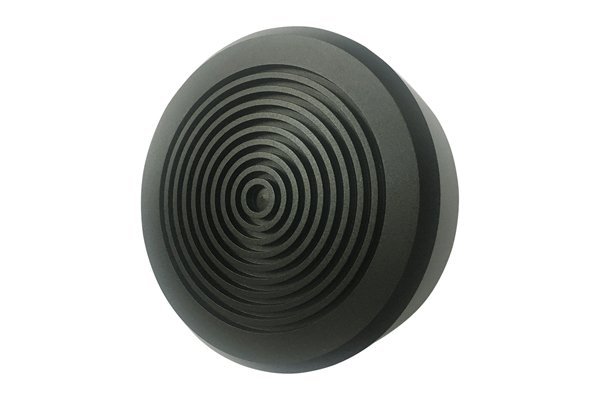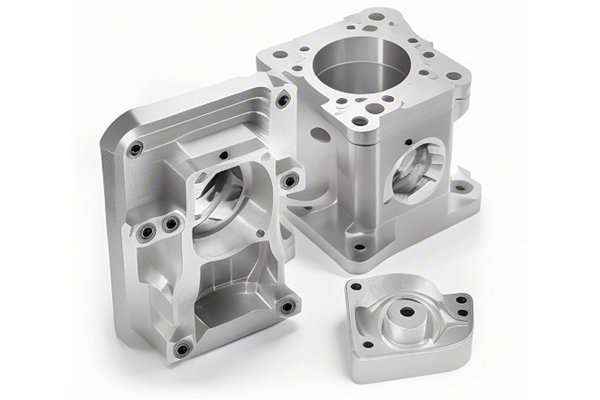In the vast world of manufacturing, the phrase “right material for the right job” resonates deeply, particularly in CNC (Computer Numerical Control) machining. As industries evolve and the demand for precision and efficiency escalates, understanding the impact of material selection on production cycles becomes critical. At YL Machining, we delve into the heart of this topic, unraveling the complexities of titanium, brass, and aluminum as we explore their unique properties, applications, and how they influence overall production timelines.
The Nature of CNC Machining
Before diving into material specifics, it’s essential to grasp the fundamental principles of CNC machining. CNC machining is a subtractive manufacturing process that utilizes pre-programmed computer software to control machinery and tools. This method efficiently creates intricate parts and components by removing material from a solid block — be it metal, plastic, or composite — resulting in a high level of precision.
Given this backdrop, the materials employed in CNC machining play a pivotal role, not just in the end product’s functionality but also in determining the efficiency of the manufacturing process itself.
Understanding Material Properties
Different materials possess unique properties that influence their behavior during the CNC machining process. Below, we break down the characteristics of the three primary materials—titanium, brass, and aluminum.
Titanium
Brass
Aluminum
The Impact of Material Selection on Production Cycles
Material selection has significant implications for production cycles in CNC machining. Here, we analyze how each material—titanium, brass, and aluminum—affects the different stages of the production process.
The design stage often determines the feasibility of machining a specific component. Factors to consider include:
Case Study: A design intended for titanium will require careful attention to dimensions and tolerances due to its rigidity during machining.
The properties of the material directly influence the choice of machining processes:

Cycle time refers to the total time from the start of the machining process to the completion of the part.
Different materials will have varying post-processing requirements, impacting overall production time.
To ensure the machinery operates within required tolerances, quality control measures must be in place. Each material presents its own challenges:
Key Takeaways: Balancing Benefits and Challenges
When selecting materials for CNC machining, it’s imperative to balance the advantages and challenges of each. At YL Machining, we recommend analyzing the following:
: Integrated Strategies at YL Machining
At YL Machining, we embrace a holistic approach to CNC machining by meticulously considering material selection’s impact on the production lifecycle. Our well-strategized methodology incorporates advanced machining technologies, skilled craftsmanship, and an insightful understanding of various materials.
By coupling our knowledge of materials and their properties with unparalleled machining expertise, we excel in producing high-quality components tailored to meet our clients’ unique needs while maximizing efficiency and minimizing production cycles.
As you evaluate your next CNC machining project, let the core principles we discussed guide your materials decision-making process — ensuring that every aspect, from design to delivery, aligns with your operational goals and market demands. Together, we can navigate the complexities of material selection, fostering innovation and excellence in manufacturing.
Unlock Your CNC Machining Potential with YL Machining
Whether your venture calls for the robustness of titanium, the versatility of brass, or the lightweight nature of aluminum, YL Machining stands ready to turn your design visions into reality. Join us on this journey of precision, quality, and innovation, where every detail counts!
—






